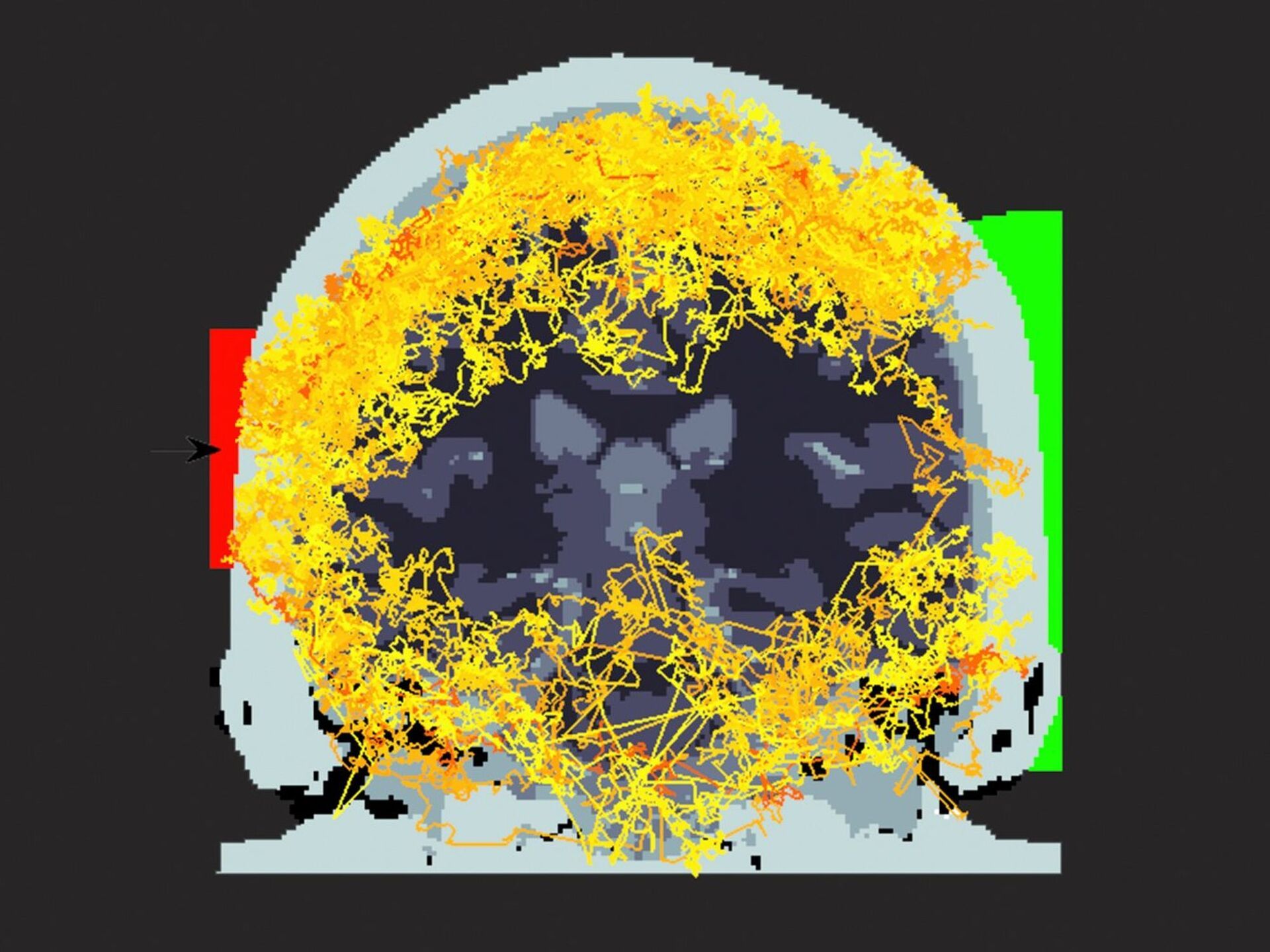- The Deep Tech Newsletter
- Posts
- DTN 125: Nuclear Reactors on the Moon
DTN 125: Nuclear Reactors on the Moon
Plus: Army's laser weapon, Tesla shutters Dojo, solar-powered moon brick factory, NASA rewrites the rules for private space stations, AI chip tarriffs, and more.

"For the past six months, we've been purposefully testing our system's limits. We've swapped in defective hardware, mismounted magnets on purpose, and simulated wear and tear that would happen over 40 years of operation. Through our control system—an array of sensors, feedback loops, and dynamic tuning of every single magnet—we can tune out a ridiculous amount of these imperfections. The hardware and magnetic fields operate at near perfection even with manufacturing defects or degradation over time."

“NASA is fast-tracking a plan to build a nuclear reactor on the moon by 2030 under a new directive from the agency’s interim administrator Sean Duffy…In addition to developing a robust safety strategy, the race to bring nuclear power to the moon will blaze new trails in space law and policy. Whatever nation or entity gets there first will likely establish what the directive calls a “keep-out zone” for safety and security. These zones, which may cover a few square miles, would prevent competitors from entering the same space.”

NASA rewrites the rules for developers of private space stations
Startup strikes deal to mass-produce microreactors for US military bases
Astranis brings Anuvu satellites online, marking debut of private GEO network
Army’s laser weapons ‘pretty mature,’ could ‘contribute’ to next-gen missile defense
New FDA program aims to speed up construction of US manufacturing sites


A simulation showing the possible path of 50 photons sent through a human head from a laser [left, in red] to a detector [right, green]. (Image: Extreme Light group/University of Glasgow)
“What’s going on inside your head?” will eventually cease to be a rhetorical question. A Glasgow-based research group specializing in optical brain imaging has successfully developed a mechanism that can shine light through a person’s head. Of course, the human head isn’t exactly known for letting light through— researchers found that only about one billionth of a billionth of near-infrared photons make it through an entire adult human head, but after five-yers of experiments, the Glasgow team finally had a breakthrough on one volunteers head. While this success may seem minor and the technology is still in its infancy, researchers are excited by the potential, far-reaching applications of this tech, including the ability to establish standard biomarkers for brain health and rapid diagnosis of strokes. (via IEEE)

Scientists develop method to optimize delivery of mRNA to cells
A 3D model of the human airways via a digital light processing bioprinter
Programmable soft material bends, bounces and absorbs energy on demand
Solar powered moon brick factory could build future lunar cities
Nanoparticles that self-assemble at room temperature could transform vaccine delivery
A dual ion beam tests new steel under fusion energy-producing conditions
Scientists find 'speed limit' for innovation networks to prevent system collapse

Strand Therapeutics nabs $153M to test mRNA cancer therapies
Open-AI backed Chai Discovery raises $70M in Series A for its drug discovery platform
Wyoming startup DISA Technologies closes $30M Series A2 to transform mineral recovery
Aerospace startup EON Space Labs raises $1.2M in pre-series a funding
Raise Robotics raises $7.8M in seed to automate hazardous tasks on construction sites
YC-backed Orbital Operations raises $8.8M in seed funding to develop high-thrust orbital vehicles
Jeh Aerospace raises $11M in Series A funding to scale precision manufacturing
OpenMind sets out to use $20M in funding to be the Android operating system of humanoid robots
Sustainable agriculture startup BioConsortia raises $15M in funding

US to rewrite its past national climate reports/ Corporation for Public Broadcasting ceasing operations/ Hiding secret codes in light protects against fake videos/ Helsinki records zero traffic deaths for full year/ Scientific fraud has become an 'industry,' alarming analysis finds/ EU proposal to scan all private messages gains momentum/ Wild pigs' flesh turning neon blue in California/ Project Hyperion: interstellar ship design competition/ A Cold War kit for surviving a nuclear attack/ Inside Jeffrey Epstein’s forgotten AI summit/ The US military is raking in millions from on-base slot machines/ JWST spots possible alien planet at Alpha Centauri/ US Coast Guard report identifies causes of Titan submersible’s deadly implosion